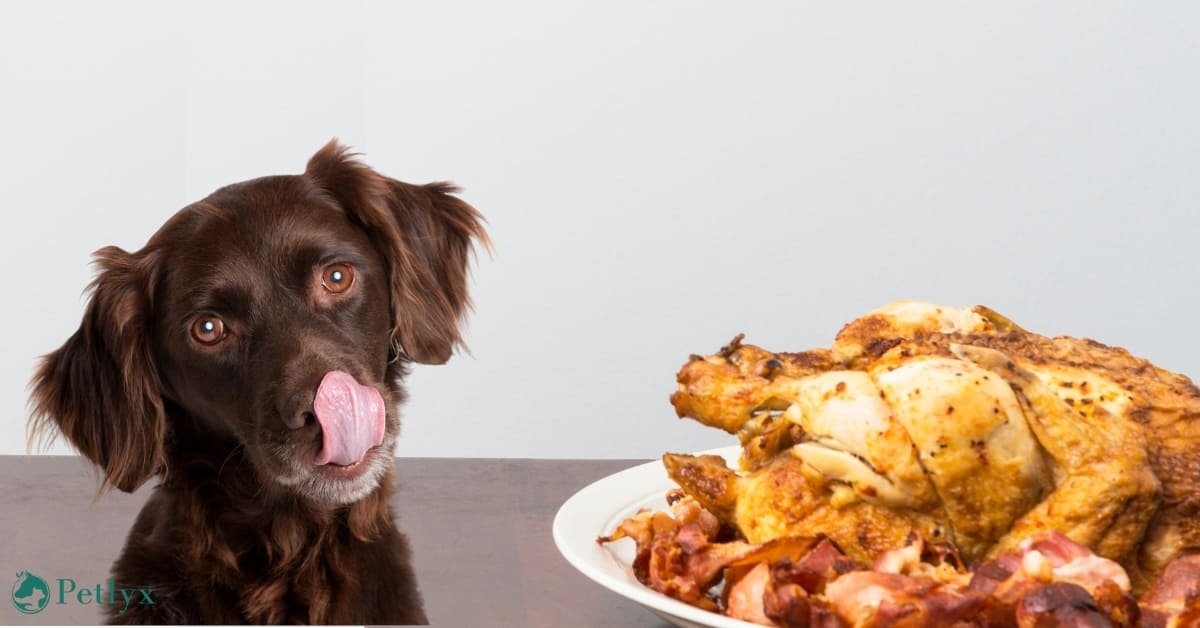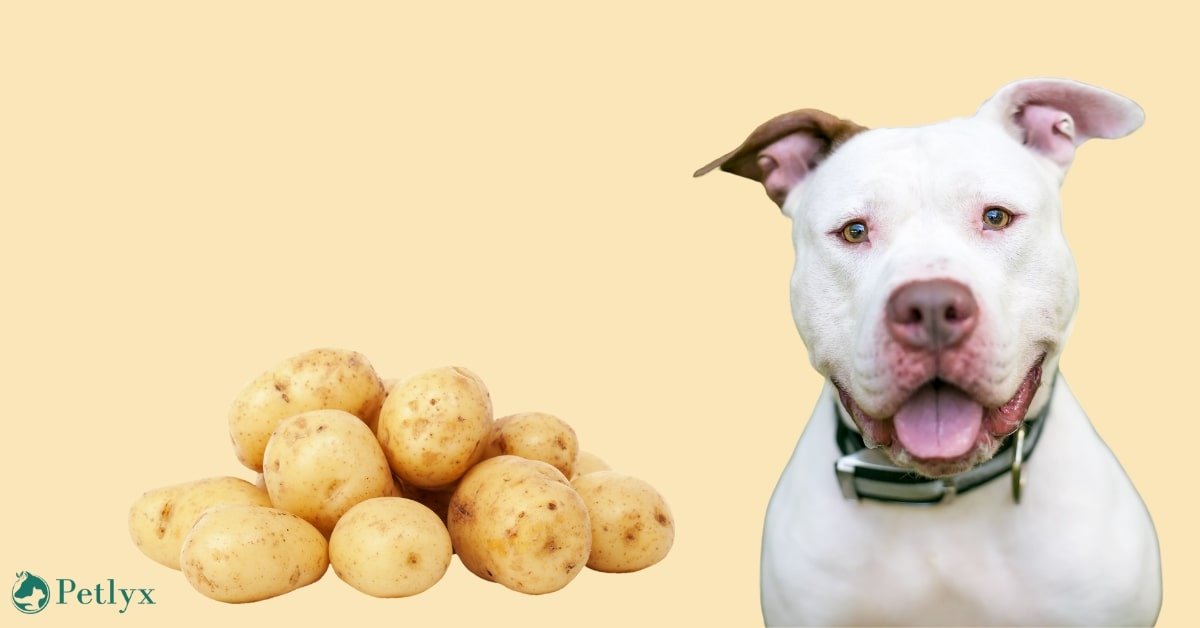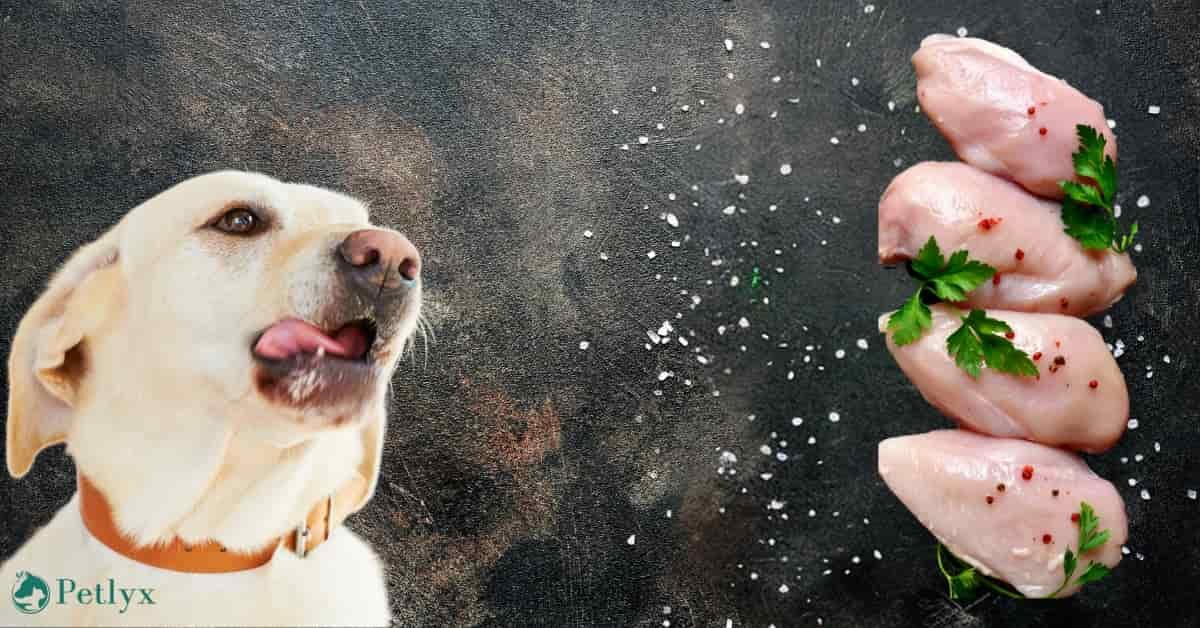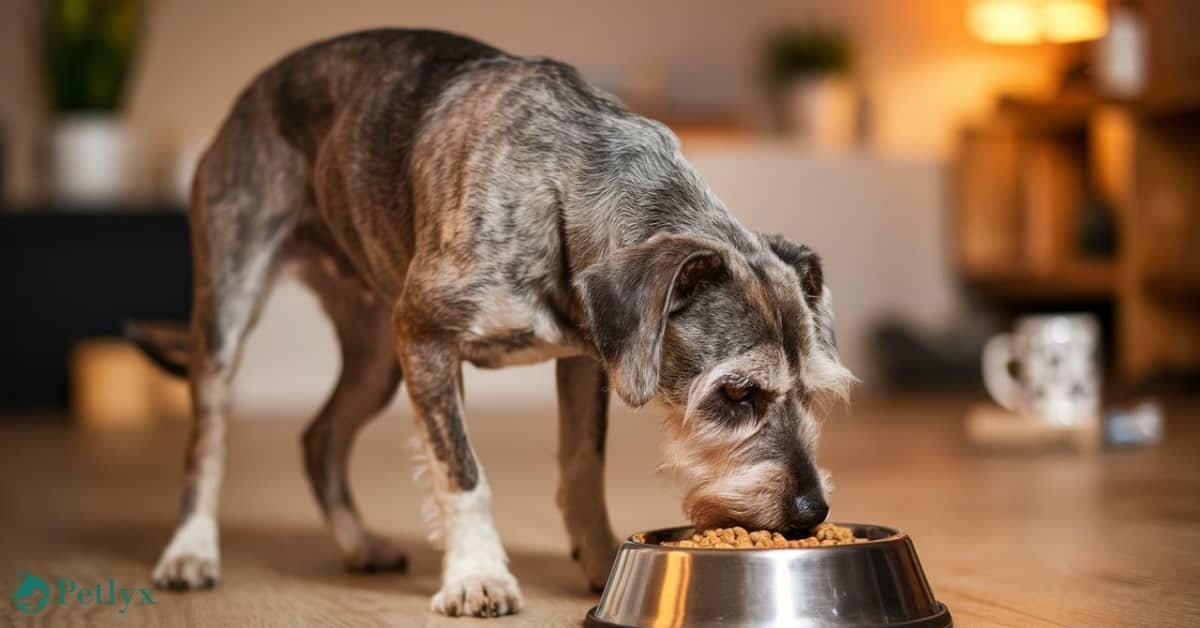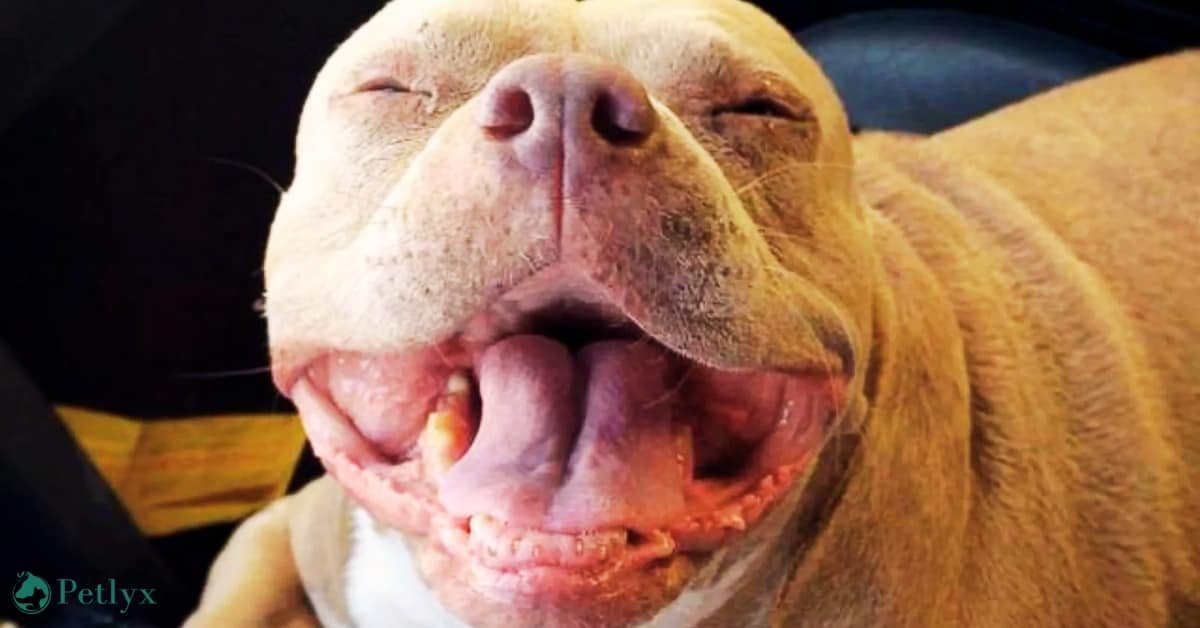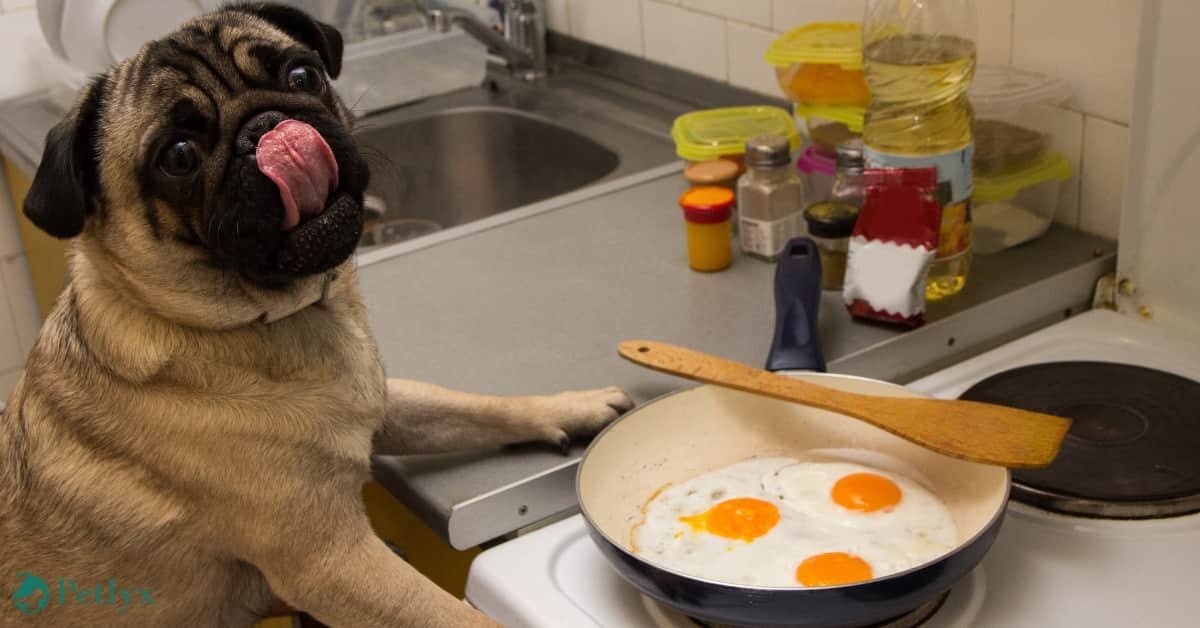
Boiling chicken is one of the simplest and healthiest treats for your dogs. It provides a low-fat protein source and can be easily digested by most dogs. This recipe is suitable for dogs with sensitive stomachs or those on a soft diet because of some ailment. So, this is how to boil chicken for the dog within a step-by-step guide to cook it properly and make it tasty without compromising nutrition or using harmful additives. Let’s begin!
The Process Of Boiling Chicken For Dogs: A Step-By-Step Guide
Boiled chicken is a healthy and tasty addition to your dog’s diet plan. Boiling kills all harmful bacteria and softens the chicken, making it easier to digest. Another important thing for dog owners is that while turkey meat looks much like chicken, they are very different. Chicken usually takes less time to boil than turkey and lamb. It is a delightful treat for your dogs, so let’s learn how to boil chicken the right way!
Here is how to boil chicken for dogs perfectly:
1. Choose The Right Chicken
Before boiling the chicken, it is necessary to buy the right one that is boneless and skinless. Chicken breasts are usually the ideal choice for dog owners as they are cheaper and have no bones. Although the bones make the food more delicious, for dogs, they are dangerous. Chicken bones can splinter after being cooked and ingested, causing choking or injuries in the throat and stomach. Similarly, the skin contains a lot of fat, so removing it helps make the chicken meat healthier.
2. Rinse The Chicken
After buying the right chicken suitable for your dog, wash it with cold water to remove any dirt or chemical residues left from the packaging. Make sure to let the water run thoroughly over it.
3. Place The Chicken In A Pot
Once you wash it, place the chicken in a large pot. Ensure that the pot is deep enough and has enough room for the chicken otherwise, it can lead to uneven cooking, leaving some parts undercooked.
4. Submerge In Water
Fill the pot with enough water to submerge the chicken fully. Cover the chicken with at least 1-2 inches of water. Avoid using any seasoning, including salt, garlic, or onions, as these ingredients can be toxic to dogs. Plain water is best for maintaining a healthy and dog-friendly recipe.
5. Boil The Chicken
Bring the water to a boil over medium-high heat. Once the water is boiling, reduce the heat until it is at a low simmer. Place a lid on the pot and let the chicken cook for 20 to 30 minutes, depending on their size. Smaller chicken pieces can be done just after 10 minutes. For boneless chicken, it usually takes 12 to 15 minutes.
6. Check For Doneness
Check that the chicken is fully cooked by pushing the tip of your knife into the thickest part of the meat after it has boiled. The chicken is cooked when all the white areas are covered with no pink or red bits. Allow the chicken to cook for a few more minutes if necessary.
7. Shred The Chicken And Remove Bones
Once done, remove the chicken from the water. Let the chicken cool for a bit, then shred it into bite-size chunks. You should pull the meat from the bone to ensure no wastage. Make sure all of the bones are removed, as they can be harmful to your dog.
8. Serve the Chicken
Your chicken is now fully cooked and shredded. Serve it to your dog plain or add some of their regular kibble to enhance the taste. You can also reserve some chicken broth to pour onto your dog’s daily food later for a flavor and nutrition boost. Ensure that any leftovers are refrigerated immediately to maintain their freshness for up to three days.
Boiled Chicken vs Cooked Chicken: Which One To Go For?
While both may be appropriate for a dog, boiling the chicken is the safest and healthier option. For instance, boiled chicken has fewer oils and other elements that can affect your dog’s health. Though boiling causes the chicken to lose some of its nutrients, if you keep the broth and serve it to your dog, you don’t have to worry about that since all the lost nutrients from the chicken are available in the broth. Boiled chicken is also soft on the stomach and low in fat and calories, making it ideal for obese dogs. However, boiled chicken is mostly bland and simply because of which dogs usually do not like it. To enhance taste, you can add some cinnamon or a pinch of salt but remember seasonings are toxic for dogs including salt so do not add anything else. You can also mix some shrimp and vegetables like cabbage and carrots to make boiled chicken more pleasing for dogs.
On the other hand, cooking methods such as pan-frying and grilling may involve fatty oils and seasonings like garlic and onions that can be detrimental to the dog’s health. However, you can control these by properly planning your dog’s diet and reducing oil usage. Cooked chicken is much more juicy and tasty than boiled chicken, making it more enjoyable for dogs. You do not have to worry about nutrient loss when cooking. However, it is not recommended as it carries risks, unlike boiled chicken.
If you still have doubts and uncertainties, read more about “Can dogs eat chicken” here.
Can I Add Seasoning To The Chicken?
No, adding seasonings and oils to dog food is highly discouraged by vets. These oils and seasonings are toxic to dogs and will ultimately affect their health. You can instead serve some salmon or other treats with the chicken to make it more exciting or mix the chicken with your dog’s daily kibble.
How Frequently Should I Give My Dog Boiled Chicken?
Boiled chicken is part of a dog diet but shouldn’t be the only form of protein. A balanced diet is necessary for your dog’s proper growth and good health. You can feed the boiled chicken to your dog as a treat or mix it with its regular food and serve it a small portion daily. You should consult a vet to determine how often the dog should eat boiled chicken to maintain a healthy and well-balanced diet plan for your dog.
Can I Give Raw Chicken To My Dog?
Dogs can eat raw chicken, but most vets recommend against it as raw chicken contains bacteria such as E. coli and salmonella that can affect your dog’s health. If you still want to feed raw chicken to your dog, you should be careful about hygiene and ensure your dog’s immune system can handle it.
Summary
Dog owners often ask how to Boil Chicken for Dogs. By following the steps listed above and avoiding harmful additives, you can create a healthy meal that is just as tasty for your furry friend. First, choose the right chicken, rinse it, and add it to a pot big enough for it. Add water to submerge it fully, and then boil the pan on the stove for 20-30 min. Check for doneness. Once done, shred the chicken into bite-size pieces, remove the bones, and serve it to your dog. As advice before we wrap up, always ensure to speak with your vet before adding new foods or changing your dog’s diet to avoid any complications later on.

